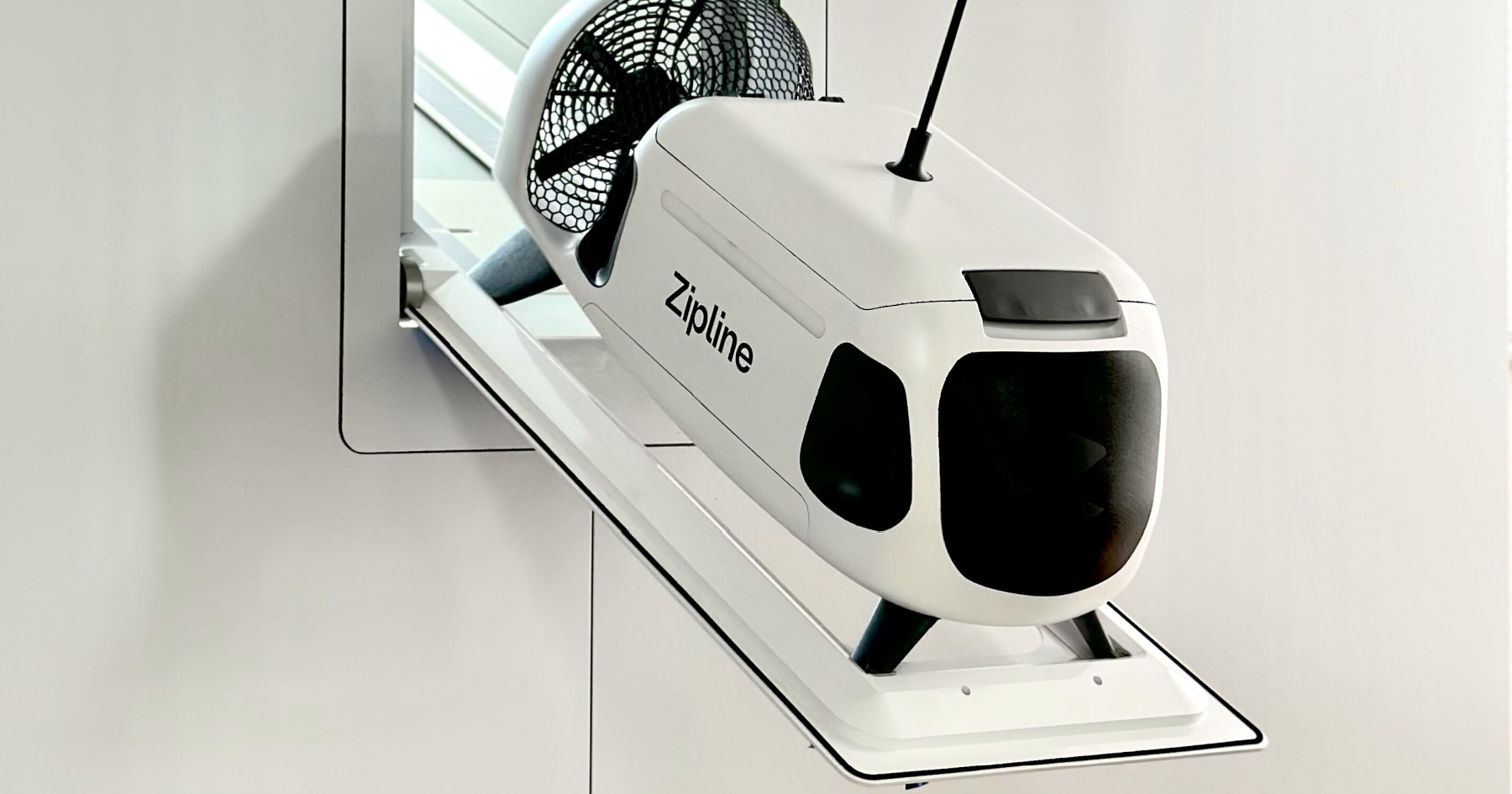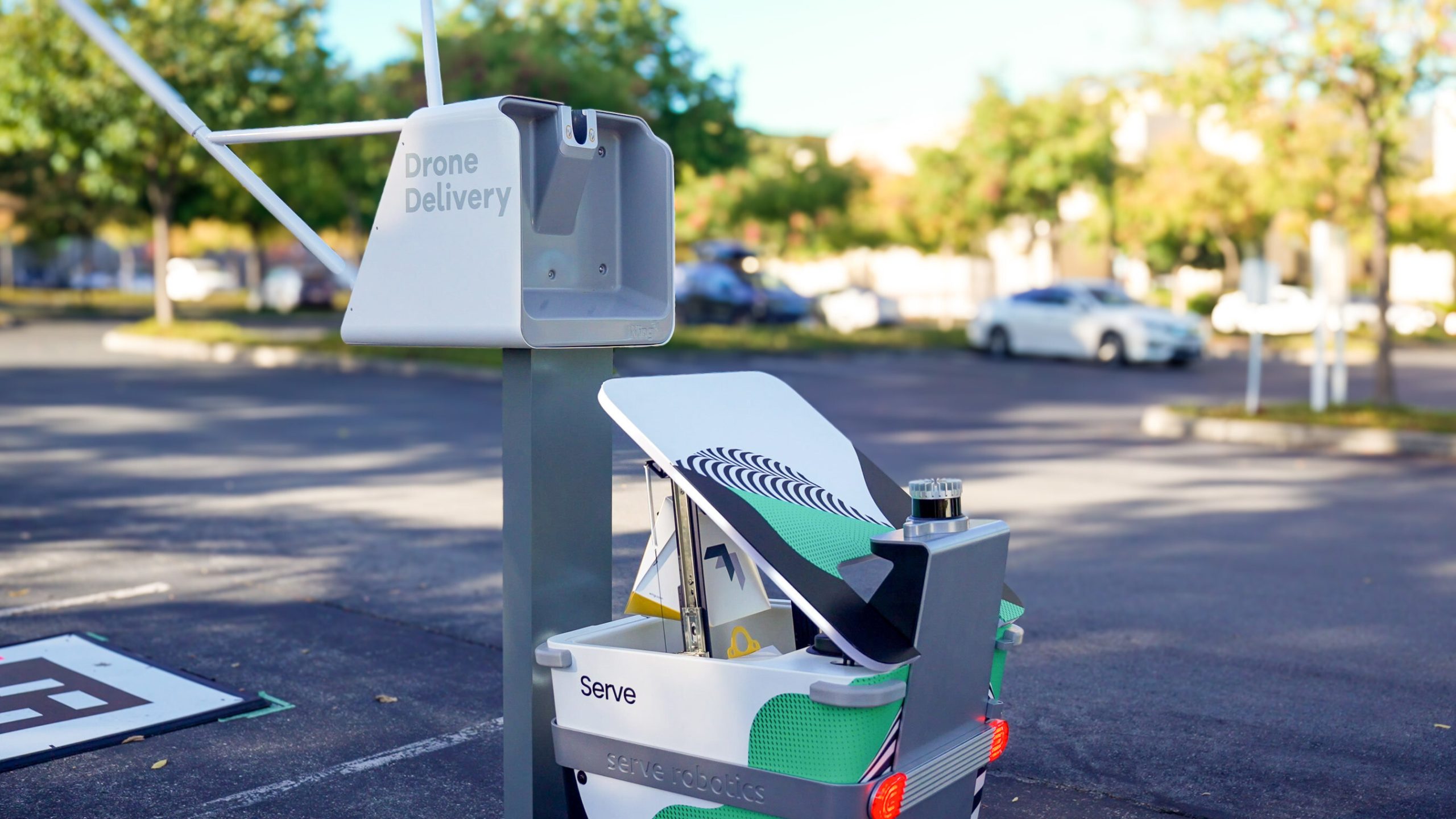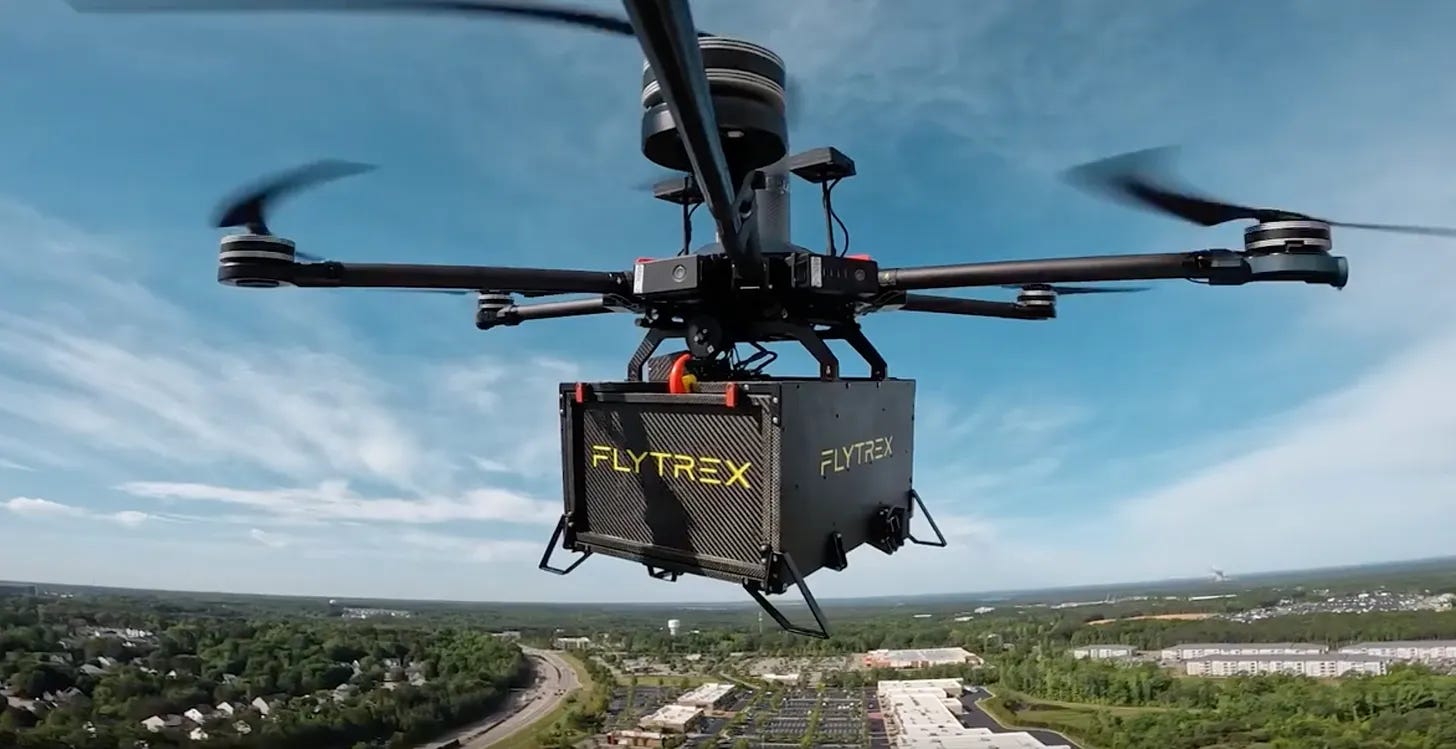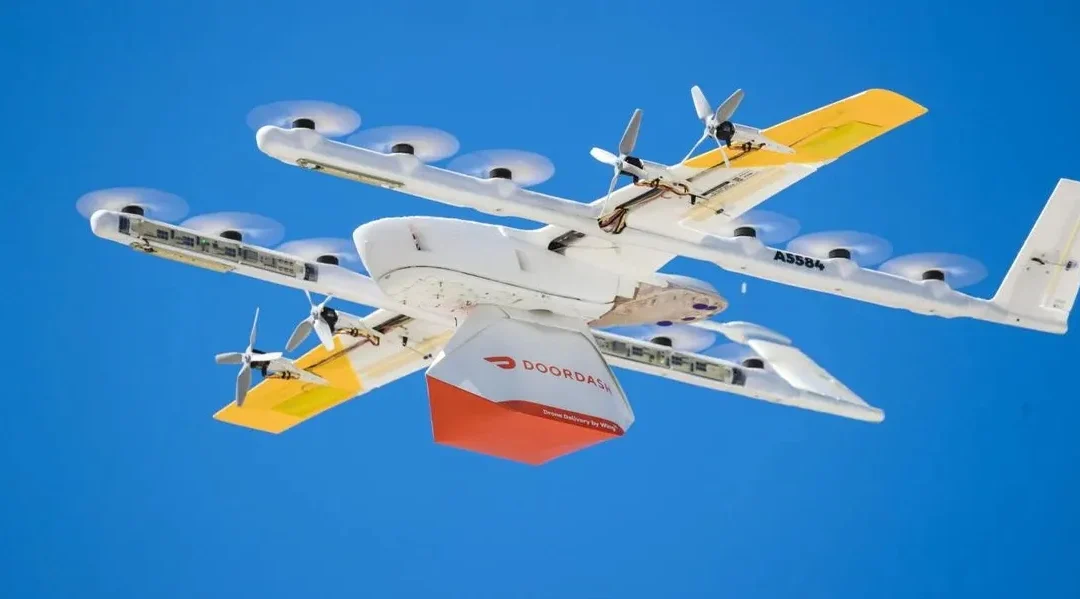Picture this: your meal delivery arrives within minutes, descending from the sky right into your backyard. Thanks, flying delivery person! Just kidding—it’s just a drone. What once seemed like a futuristic dream is now a reality, and it’s poised to grow even more, amid recent regulations and a growing number of restaurants partnering with drone providers.
A few months ago, the Federal Aviation Administration (FAA) permitted multiple drone companies to operate without visual observers on the ground, in the same airspace over the Dallas-Fort Worth area.

Robin Riedel co-leads the McKinsey Center for Future Mobility.
Robin Riedel, who co-leads the McKinsey Center for Future Mobility said this is a major achievement in the industry.
“I think over the last years, there was a lot of talk about, hey, regulation is the last thing that’s holding us back. It drives us to have visual observers, where we can’t quite do the things we want, and as a result, it’s more expensive and slower,” he said. “You don’t really have that argument anymore. We now have beyond visual line of sight exemptions that have been granted to most major players.”
This includes drone companies Zipline and Wing among others. For restaurants, drone delivery could resolve common issues such as food arriving cold or soggy, longer delivery distances, and faster services without traffic delays. Plus, it’s better for the environment than delivering using large vehicles.
Redefining the value chain
With regulations now in place, Riedel said the focus has shifted to developing the right business and service operating models.
Where do drones fit between food producers and customers? What other intermediaries remain, and how will they share value? Different business models are being tested and only time will tell what works best.
“It’s a complex issue, especially when considering how drones might be utilized outside peak meal times. Can you use them for medical or convenience deliveries during that time to bring the cost down? If so, does that mean it’s better to have a drone operator that focuses across segments, rather than one that focuses on the restaurant chain? So this is just an example of the kind of things that need to get figured out as this industry grows,” said Riedel.
Zipline

Zipline droid in a loading portal.
Zipline offers capacity on its delivery network, enabling drones or “Zips” to serve multiple restaurants within a city. These drones can automatically adjust their routes on demand.
“A Zip may start its day delivering donuts then deliver salads at lunch, and groceries at dinner time. As far as restaurants are concerned, when they need to make a delivery, an order is prepared just like normal, but instead of putting it on a pickup shelf or handing it off to a driver, it’s placed in our droid and we automatically handle the rest,” said Chris Kenney, Zipline’s head of restaurants. He added that they have “loading portals” where employees can load orders from inside the store.
Zipline also released its Platform 2 or P2 Zip, capable of carrying up to eight pounds, delivering within a ten-mile radius, and fly up to 70 miles per hour. Partnerships include Sweetgreen, Panera Bread, Mendocino Farms, Jet’s Pizza and more.
Wing

Serve’s sidewalk delivery robots enable pick-up in dense urban areas.
Recently, Wing announced a pilot partnership with Serve Robotics. Select Wing deliveries will be picked up by a Serve delivery robot from the restaurant’s curbside and delivered to a Wing drone Autoloader a few blocks away for aerial delivery.
The robot-to-drone system allows restaurants to utilize drones without altering their existing operations.
Wing’s drones fly at around 65 mph and can deliver up to six miles.
Following a successful year-long trial in Australia, Wing has expanded its partnership with DoorDash to the U.S. bringing Wendy’s meals to customers. The expansion kicked off in Christiansburg, Virginia, where Wing launched its first U.S. commercial operations in 2019. The service is now available for thousands of consumers with an eligible address.
“We’re continuing to evaluate new opportunities in the U.S. while remaining focused on expanding our drone delivery service,” said a Wing spokesperson, adding that there is a focus on the Dallas-Fort Worth area.
Flytrex

Flytrex drones can deliver items up to five miles round trip.
Flytrex is making strides as well, with delivery hubs set up in North Carolina and Texas. It aims to service nearby restaurants with a goal to lower delivery costs to about $1 per delivery.
When customers order, a Flytrex runner picks up the order from the restaurant and transfers it to the drone launch site and loads it. The drones can fly up to 32 miles per hour and deliver items up to five miles round trip. Currently, Flytrex’s restaurant partners include Jersey Mike’s Subs, Little Caesars Pizza, Papa John’s and others.
Flytrex CEO Yariv Bash expects that in the next two to three years, “we’re going to see a lot of drone deliveries happening, especially in the suburbs, that’s where they shine.”
As drone delivery advances, it’s evident that this technology will help reshape the delivery industry and continue to evolve.


